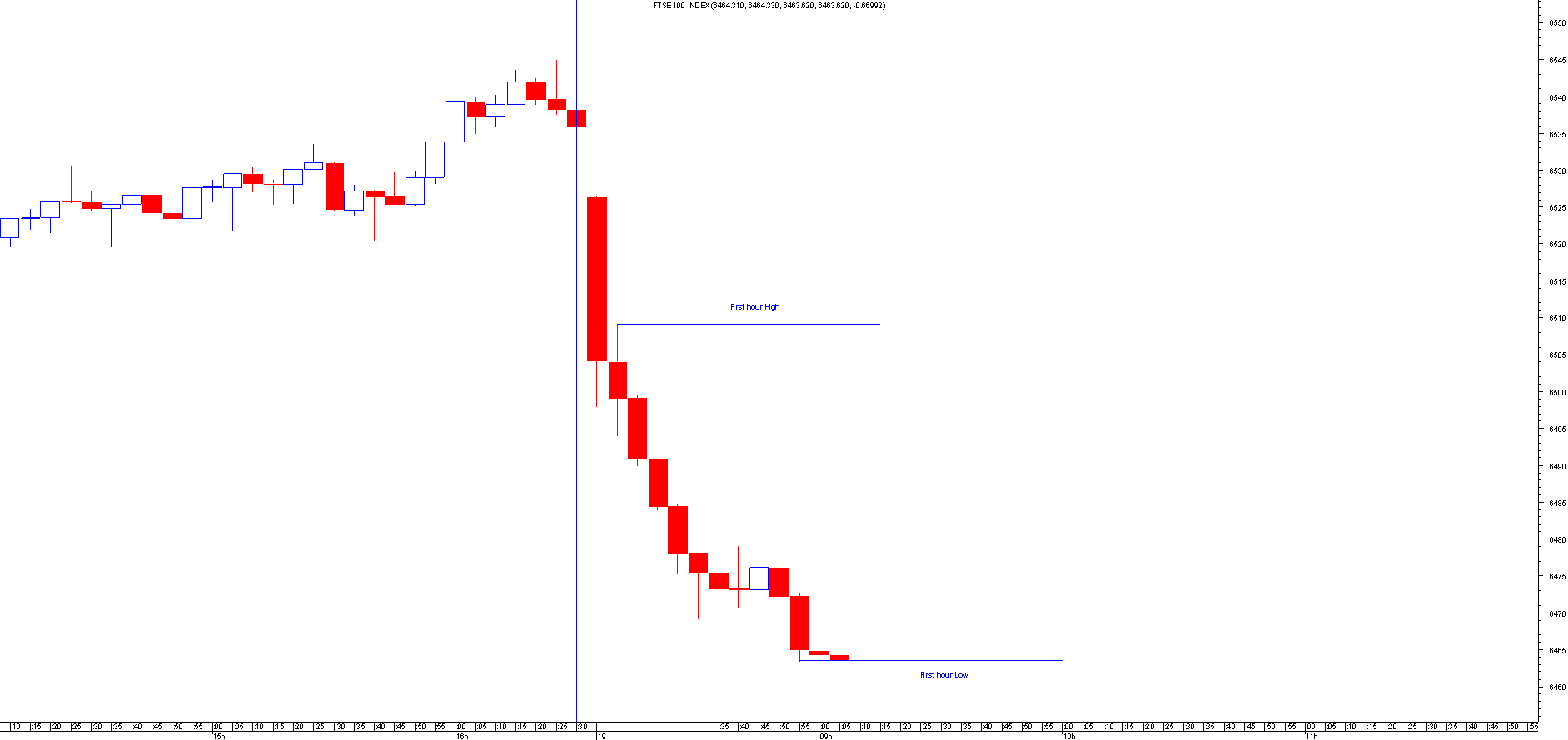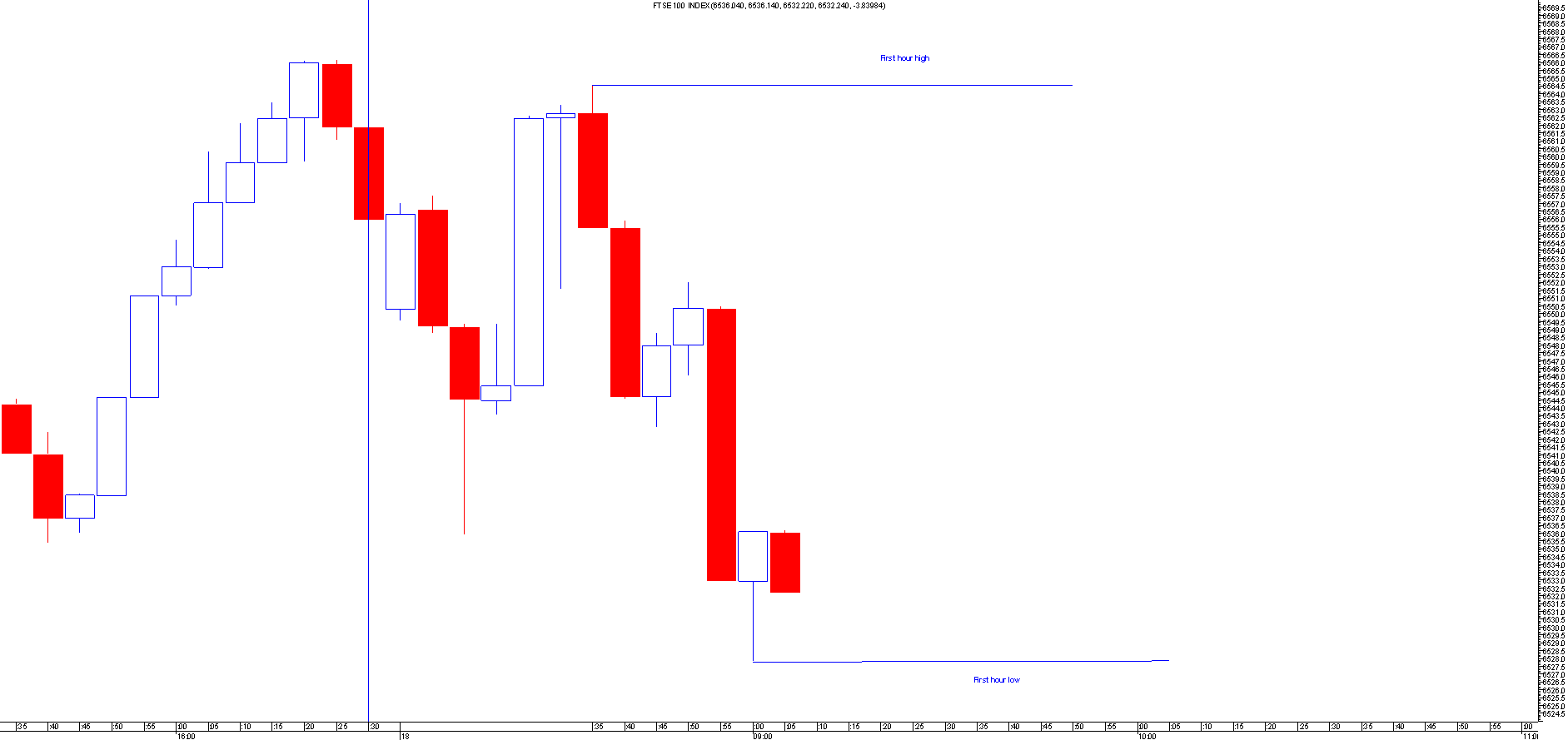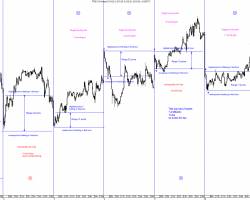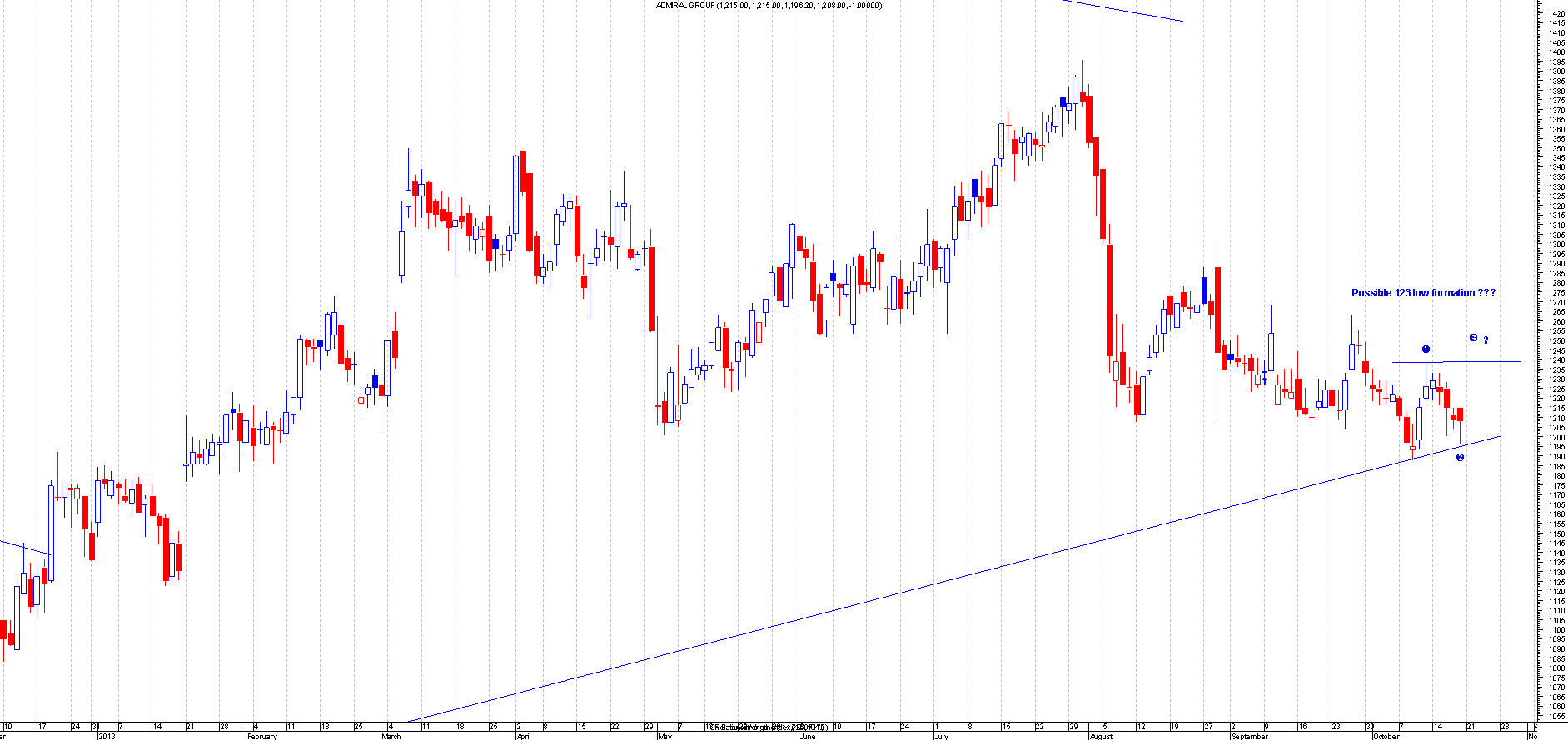Which Wave?
in ChartsView Blog:- Font size: Larger Smaller
- Hits: 5434
- 0 Comments
- Subscribe to this entry
- Bookmark
The Wave 2 Option

This is the more bullish of the two main options for GKP's wave position.
What we have here is the possibility there there have been an initial 5 small waves up to form a larger degree wave 1 at 166p. If this is the case then what we'd expect to see is a retrace down to somewhere like the 50-61.8% Fib level in the form of 3 waves (please note that this "target" area is just the most common for a wave 2 - it could even go as low as 126.3p and still be a wave 2, but they do usually retrace at least 50%).
Arguments in favour of this pattern are:
1) There appear to be 5 clear waves up from 126.3p to 166p (the bearish option we'll see later would have this as a 3 wave move, not 5);
2) The 161p level was breached. A wave 4 (the bearish option) should not normally penetrate the wave 1 extreme (which would have been the 161p low following the 260 high) but it can in a specific case.
3) The retrace from 166p found initial support at the 38.2% Fib (it hit it exactly on the daily chart but this 4 hour chart is midprice only). It's often the case that a retrace to 61.8% pauses at the 38.2% Fib on the way down - is this what's happening here?
4) The trendline from the 126.3p low and the subsequent higher low coincides with the 61.8% Fib in a few days' time so could also provide support at that level.
What we have here is the possibility there there have been an initial 5 small waves up to form a larger degree wave 1 at 166p. If this is the case then what we'd expect to see is a retrace down to somewhere like the 50-61.8% Fib level in the form of 3 waves (please note that this "target" area is just the most common for a wave 2 - it could even go as low as 126.3p and still be a wave 2, but they do usually retrace at least 50%).
Arguments in favour of this pattern are:
1) There appear to be 5 clear waves up from 126.3p to 166p (the bearish option we'll see later would have this as a 3 wave move, not 5);
2) The 161p level was breached. A wave 4 (the bearish option) should not normally penetrate the wave 1 extreme (which would have been the 161p low following the 260 high) but it can in a specific case.
3) The retrace from 166p found initial support at the 38.2% Fib (it hit it exactly on the daily chart but this 4 hour chart is midprice only). It's often the case that a retrace to 61.8% pauses at the 38.2% Fib on the way down - is this what's happening here?
4) The trendline from the 126.3p low and the subsequent higher low coincides with the 61.8% Fib in a few days' time so could also provide support at that level.
The Wave 5 of C Option

This option is more bearish than that above but not necessarily terribly so as there are several possibilities for where this could end as we shall see.
In this case we have the recent move up from 126.3p to 166p as a three wave abc move to form wave 4 of a larger degree sequence. I've previously mentioned that wave 4 should not penetrate wave 1 territory (that was the 161p level) but it could still be allowed provided that the whole move down from 260p takes the ultimate form of a diagonal triangle which would effectively limit the downside as shown below.
In this case we have the recent move up from 126.3p to 166p as a three wave abc move to form wave 4 of a larger degree sequence. I've previously mentioned that wave 4 should not penetrate wave 1 territory (that was the 161p level) but it could still be allowed provided that the whole move down from 260p takes the ultimate form of a diagonal triangle which would effectively limit the downside as shown below.

This scenario would be much more aesthetically pleasing from from my point of view and an ending diagonal triangle like this can often break out quite violently as it's a bullish end to the correction.
Incidentally, had the 161p level not been taken out then this bearish case would be even more so and would still have the possibility of a return to 87p. As it stands that now looks unlikely IMHO.
There is another possibility here too - that of a truncated 5th of C. This would be the most bullish version of this bearish case and would have the 5th wave ending higher up than the low of the 3rd wave (which was 126.3p). Truncated waves themselves often take the form of a diagnonal triangle we could see that during this move from 166p. It would still have 5 waves but with a wave 4/1 overlap.
So, as we can see, it's much more difficult to be definitive about the levels to watch in the bearish case.
Incidentally, had the 161p level not been taken out then this bearish case would be even more so and would still have the possibility of a return to 87p. As it stands that now looks unlikely IMHO.
There is another possibility here too - that of a truncated 5th of C. This would be the most bullish version of this bearish case and would have the 5th wave ending higher up than the low of the 3rd wave (which was 126.3p). Truncated waves themselves often take the form of a diagnonal triangle we could see that during this move from 166p. It would still have 5 waves but with a wave 4/1 overlap.
So, as we can see, it's much more difficult to be definitive about the levels to watch in the bearish case.
Summary
There are quite a few possibilities here so it's very difficult to pick which is the most likely with any degree of confidence.
However, there is a key difference between the forms for a wave 2 and that of a wave 5. A wave 2, being corrective, should have a 3 wave sub-structure - the classic ABC - which, if it goes to the 61.8% Fib level at c. 141p, would likely be of the form 5-3-5 (commonly called a zigzag).
A wave 5 of C, even if truncated or a diagonal triangle, should still have the impulsive form of a 5 wave substructure - 5-3-5-3-5.
What this means is that the low from 7th June at 151p is now a key level. In both of the above scenarios the price ought to drop below that level. Once that has happened, if it becomes resistance and holds when tested then the strong likelihood is that we're in wave 5 of C with possible lows in the range of c. 112p to 137.5p. If, when tested (I'm assuming that there will be a new low below 151p - if there isn't then there's something else entirely going on and I'll have wasted all this time!), 151p gets broken then it's much more likely that wave 2 is complete, but it would need a pretty substantial break of the level to rule out the possibility of a diagonal triangle wave 5 of C. Perhaps more telling in this event would be the volumes prior to the 151p test - the larger the volume at, say, 141/3p, the more likely it was a wave 2.
Finally, the best and easiest way is t wait for a break of 166p. That will almost certainly signify an end to the downtrend, even if prices make a new low below 126p first.
Whatever happens, it looks like there's very limited time left before the picture becomes clear. The end of this year-and-a-half downtrend would appear to be only a matter of days or weeks away now rather then months. That said, it's Gulf Keystone Petroleum we're talking about so
Trackback URL for this blog entry.






